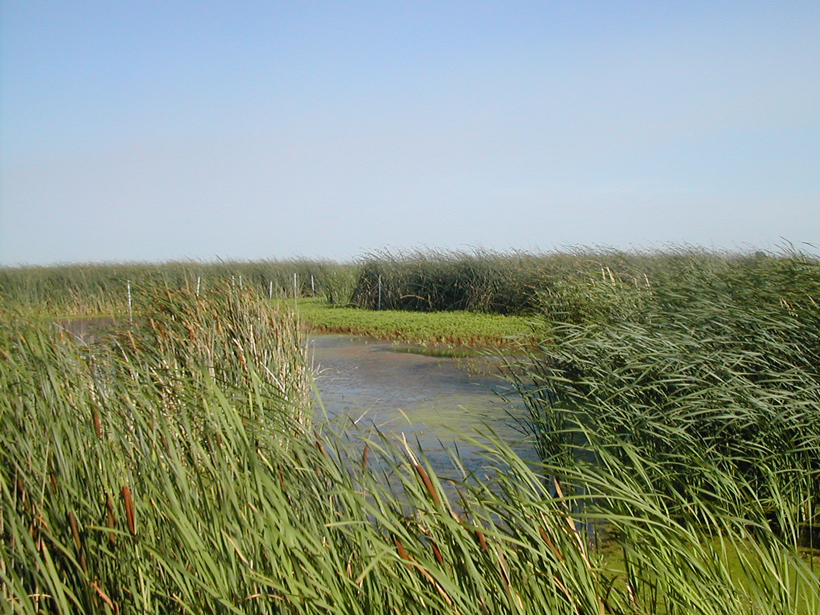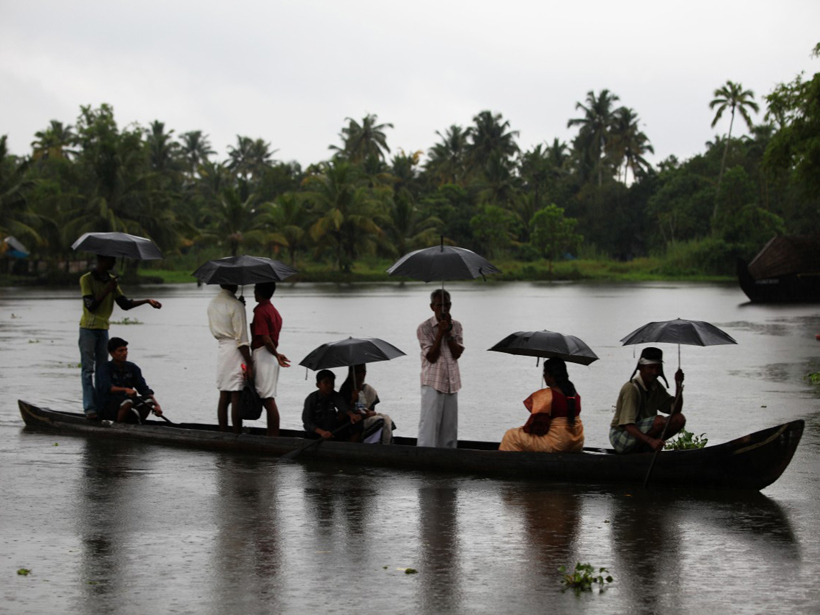By greatly reducing the associated uncertainty, a new model is better able to discern statistically significant trends, offering the potential to improve the seasonal forecasting of rare events.
seasonal variability
After a Century, Restored Wetlands May Still Be a Carbon Source
Methane emissions can drastically lower, or even reverse, the benefits of carbon sequestration in restored wetlands, according to new measurements from the Sacramento–San Joaquin Delta.
Moored Ocean Buoy Tracks Marine Carbon Cycle Variations
Years of data from a North Pacific ocean station show that the ocean's ability to pull carbon out of the atmosphere is controlled by biological and physical processes that change between seasons.
Predicting Intraseasonal to Seasonal Climate Variation
Tropical Precipitation System Workshop 2015; Yokohama, Japan, 3–4 September 2015
An Unprecedented View of Biogeochemistry off India's West Coast
Yearlong study reveals seasonal changes in oxygen levels, nutrient availability, and plankton growth.
Does El Niño Intensity Affect Precipitation in California?
Modeling experiments demonstrate that strong El Niños greatly increase odds for wet winters over California's principal watersheds compared to impacts of weak and moderate El Niños.
Great Lakes Hold Sway over Water and Carbon Cycling
The largest body of fresh water on Earth governs the exchange of gases between water and the atmosphere that makes it a carbon sink for the entire region.
This Winter's El Niño Might Only Dent Western U.S. Drought
The National Oceanic and Atmospheric Administration released its winter weather outlook, which predicts a warm and wet winter in California but not enough rain to eliminate the state's pernicious drought.
NOAA Predicts Strong El Niño
This winter could bring warmer temperatures to northern states and much-needed rain and snow to southern California and the Southwest.
To Help Fix the Hole in the Ozone Layer, Just Add Ice
Computer simulations show that adding tiny droplets of ice to the atmosphere during the spring could help eliminate chlorofluorocarbons and repair the hole in the ozone layer.








